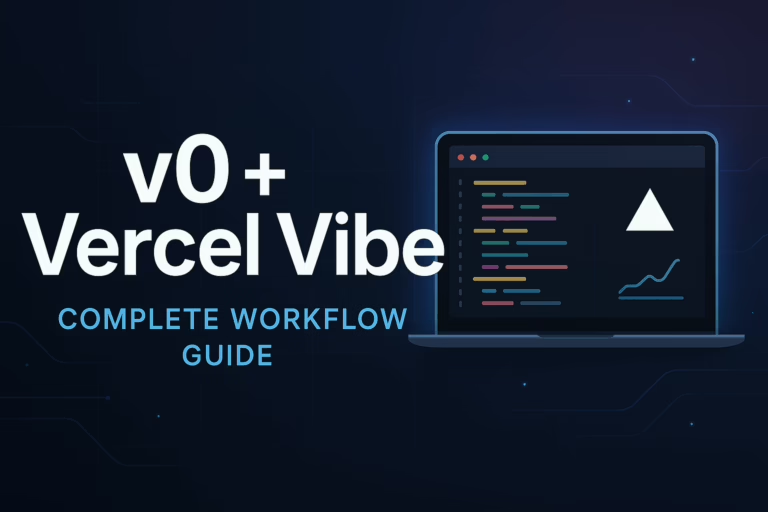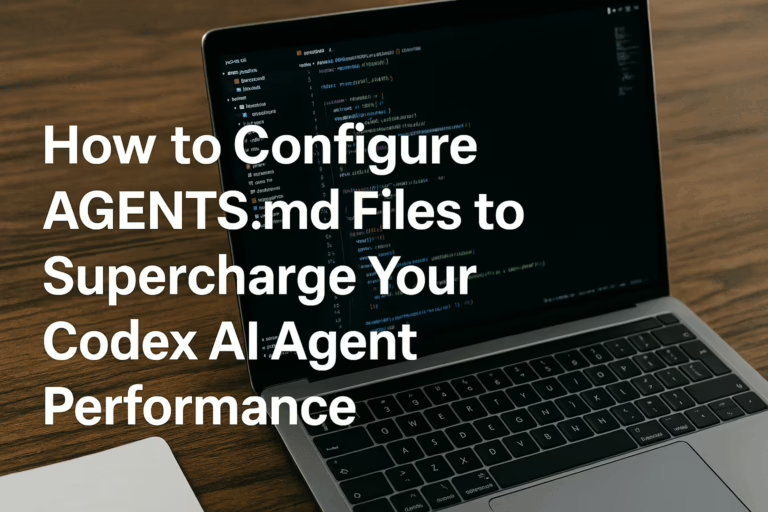OpenAI Launches Groundbreaking Toolkit for Business AI Agent Development
The landscape of artificial intelligence just shifted dramatically. OpenAI rolled out a comprehensive set of tools that puts the power of creating autonomous AI assistants directly into the hands of businesses, whether they’re tech giants or ambitious startups.
This isn’t just another software update, it’s a fundamental change in how companies can build and deploy AI agents. Think of it as getting the keys to a workshop where you can craft your own digital workforce.
The New Arsenal: What’s in OpenAI’s Toolkit?
At the heart of this release are two major components that work together like a well-oiled machine. First up is the Responses API, which serves as the brain of your AI operations. This isn’t your grandfather’s API, it combines web search capabilities, file scanning features, and computer usage functions all in one neat package.
What makes this particularly noteworthy? The Responses API is set to replace the older Assistants API. If you’re currently using the Assistants API, mark your calendar, it’s heading for retirement in 2026. So there’s a clear migration path ahead for developers who want to stay current with OpenAI’s AI agent development tools.
The second piece of the puzzle is the Agents SDK, an open-source Software Development Kit that’s like having a master conductor for your AI orchestra. Whether you’re running a single AI agent or coordinating multiple agents working together, this SDK handles the complexity. It comes loaded with monitoring capabilities, tracing features, and built-in safety guardrails that help prevent your AI from going off the rails.
Real-World Impact: Companies Already Making Moves
While some tech announcements gather dust before anyone uses them, OpenAI’s AI tools for businesses are already seeing action. Stripe jumped on board early, using these tools to create AI agents that handle invoicing tasks. Meanwhile, Box leveraged the technology to build enterprise document search capabilities that actually understand what users are looking for.
These aren’t theoretical use cases or proof-of-concept demos. These are real companies solving real problems with autonomous AI assistants that can browse the web, analyze files, and complete tasks that would typically require human intervention.
Why This Matters for Your Business
The democratization of AI agent workflows represents a seismic shift in business technology. Previously, creating custom AI bots required deep pockets and specialized expertise that put it out of reach for many organizations. Now, with OpenAI’s approach, the barriers have come tumbling down.
Small businesses can now build AI agents that compete with enterprise-level solutions. Marketing teams can create assistants that monitor brand mentions across the web. Sales departments can deploy agents that qualify leads and schedule meetings. The possibilities stretch as far as your imagination.
Technical Capabilities That Stand Out
Let’s talk specifics about what these AI assistant software tools can actually do:
- Web Search Integration: Your AI agents can search the internet, gather information, and synthesize findings just like a research assistant would
- File Management: They can scan, organize, and extract information from documents, making them perfect for data-heavy operations
- Computer Usage Functions: These agents can interact with software interfaces, automating repetitive tasks that drain productivity
- Multi-Agent Coordination: Using the SDK, you can orchestrate teams of AI agents working together on complex projects
The safety guardrails built into the system deserve special mention. In a world where AI mishaps can damage reputation and trust, having these protective measures baked in from the start shows OpenAI’s commitment to responsible AI agent integration.
The Migration Path: From Old to New
For developers currently using the Assistants API, the transition to the Responses API OpenAI offers might seem daunting. However, the company has provided a clear timeline and migration resources. You’ve got until 2026 to make the switch, which is plenty of time to plan, test, and implement the change without disrupting your existing operations.
The new API doesn’t just replicate old functionality, it expands on it significantly. Where the Assistants API was limited in scope, the Responses API opens up new possibilities for AI agent development tools that can truly transform how businesses operate.
Looking at the Competitive Landscape
This announcement doesn’t exist in a vacuum. The AI industry is heating up with major players making significant moves:
- Microsoft’s Build 2025 conference showcased their own AI advancements, signaling intense competition in the enterprise AI space
- Anthropic released Claude 4, claiming superiority in AI coding capabilities
- Meta launched Llama 4, adding another powerful model to the mix
What sets OpenAI’s offering apart? The focus on accessibility and practical implementation. While others are racing to build the most powerful models, OpenAI is ensuring businesses can actually use these technologies effectively.
Getting Started with OpenAI’s AI Agent Toolkit
If you’re wondering how to build AI agents with OpenAI tools, the process is more straightforward than you might expect. The open-source nature of the Agents SDK means you can start experimenting immediately. Documentation is comprehensive, and the community is already sharing best practices for developing custom AI bots for business.
Start small. Pick a repetitive task in your organization that could benefit from automation. Use the toolkit to build a simple agent that handles just that one task. As you gain confidence and see results, expand the agent’s capabilities or create additional agents for other functions.
The Future of Work with Autonomous AI Assistants
We’re witnessing a fundamental shift in how businesses operate. These tools aren’t about replacing human workers, they’re about augmenting human capabilities. Imagine having an assistant that never sleeps, never forgets, and can process information at superhuman speeds while you focus on creative and strategic work.
The implications stretch across every industry. Healthcare providers can build agents that help with patient scheduling and record management. Educational institutions can create personalized tutoring assistants. Retailers can deploy agents that provide 24/7 customer support with genuine understanding of customer needs.
Conclusion
OpenAI’s release of these AI agent development tools marks a turning point in business technology adoption. By providing accessible, powerful tools for building autonomous AI assistants, they’ve opened the door for organizations of all sizes to harness the power of AI.
The combination of the Responses API and Agents SDK creates a complete ecosystem for AI development. With built-in safety features, comprehensive capabilities, and the backing of a leader in AI research, businesses now have everything they need to build the AI-powered future they’ve been promised.
As we move forward, the question isn’t whether to adopt these technologies, but how quickly you can integrate them to stay competitive. The tools are here, the early adopters are already seeing results, and the future of AI agent integration into business operations has never looked more promising.







